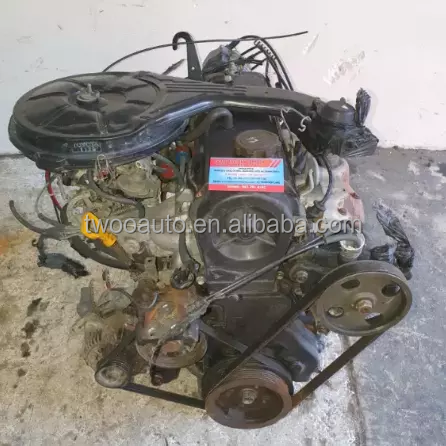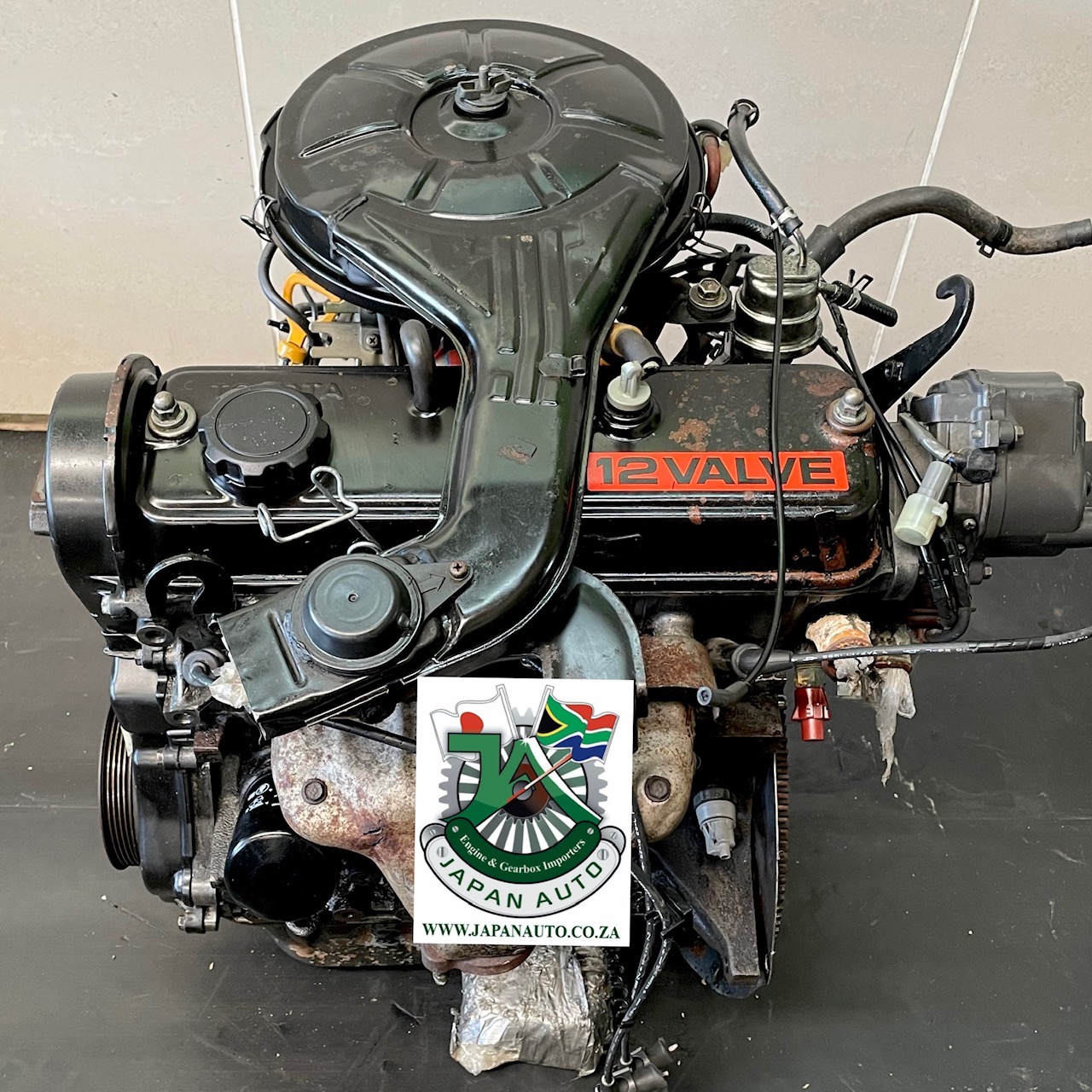Check Out the current Patterns in Engine Technology With Tazz
In the quickly progressing landscape of automotive modern technology, Tazz stands at the forefront, highlighting substantial improvements in engine systems that focus on both development and sustainability. From hybrid engines that enhance gas performance to the emergence of hydrogen gas cells, the trends forming modern powertrains are not only boosting performance yet additionally addressing essential environmental difficulties.
Crossbreed Engine Innovations
Crossbreed engine developments represent a critical shift in automobile technology, integrating the benefits of internal burning engines with electric propulsion systems. This integration not only boosts gas efficiency yet also minimizes discharges, meeting significantly rigid ecological laws. By making use of both energy sources, hybrid engines can enhance efficiency, delivering power when needed while preserving fuel throughout much less demanding driving problems.
Current advancements in crossbreed modern technology include renovations in battery efficiency and regenerative braking systems. These technologies enable for greater energy healing during slowdown, which can be redirected to aid in acceleration or power auxiliary systems. Manufacturers are focusing on light-weight products and compact layouts to optimize the efficiency of hybrid powertrains.
The growth of plug-in hybrids has actually likewise increased the marketplace, making it possible for chauffeurs to bill their lorries making use of typical electric outlets. This feature often enables for substantial all-electric range, further lowering reliance on conventional gas. tazz. As the auto industry proceeds to advance, hybrid engine modern technologies are anticipated to play a critical duty in connecting the space between standard automobiles and totally electrical designs, supplying a transitional option that provides to diverse consumer demands and choices
Breakthroughs in Electric Powertrains
The automotive landscape is swiftly progressing, with electric powertrains becoming a leading pressure in lasting transport. Advancements in electric lorry (EV) technology are considerably enhancing effectiveness, efficiency, and individual experience. Secret innovations include enhancements in battery chemistry, which have raised power density, reduced billing times, and extended overall battery life.
Solid-state batteries, for example, guarantee to revolutionize the marketplace by supplying better safety and security and performance compared to typical lithium-ion cells. Innovations in regenerative stopping systems are allowing vehicles to recuperate energy during deceleration, adding to total efficiency.
Along with battery technology, electric motor styles are becoming more sophisticated. Advancements such as integrated electric motors and advanced thermal administration systems are aiding to enhance power distribution and reduce weight, ultimately enhancing lorry characteristics.

Jointly, these advances emphasize the dedication to transition in the direction of cleaner, extra effective transport solutions, placing electric powertrains at the leading edge of automotive development.
The Surge of Hydrogen Fuel Cells
Increasingly, hydrogen gas cells are getting traction as a practical option to traditional internal burning engines and battery electrical vehicles. This innovation uses the chemical energy stored in hydrogen, converting it right into electrical power via an electrochemical response with oxygen. The key byproduct of this process is water, making hydrogen gas cells an eco friendly option with no discharges at the tailpipe.

Automakers are progressively spending in hydrogen gas cell modern technology, identifying its possibility for long-range applications and quick refueling capacities that measure up to traditional fuels. Furthermore, sectors such as heavy-duty transportation and public transit are particularly fit for hydrogen gas cells, where battery electrical solutions might drop short as find out here now a result of weight and range limitations.
As study and financial investment proceed to increase, hydrogen fuel cells are positioned to play a substantial duty in the future landscape of tidy transport and power options.
Enhancements in Internal Combustion Engines
Advancements in interior burning engine click (ICE) modern technology are transforming typical lorries to fulfill modern ecological criteria and efficiency expectations. Straight fuel shot, for circumstances, allows for much better atomization of fuel, leading to more full combustion and enhanced power result.
In addition, turbocharging has gotten prominence, permitting smaller engines to supply greater performance without the weight of bigger engines - tazz. This technology not just boosts effectiveness but additionally adds to lower gas intake. Variable valve timing systems are additionally being refined, making it possible for engines to adjust to various driving conditions for enhanced torque and responsiveness
Furthermore, using light-weight materials in engine building is coming to be standard, more enhancing fuel performance by lowering general automobile weight. Engine control systems (ECUs) are increasingly advanced, making it possible for real-time adjustments that optimize efficiency and discharges.
These enhancements jointly symbolize a crucial change in ICE modern technology, aligning with worldwide sustainability objectives while still supplying the performance motorists anticipate from their automobiles. As the market evolves, these renovations remain to form the future of standard vehicle design.
Future Patterns in Engine Efficiency
Considerable developments in engine performance are expected as manufacturers concentrate on incorporating sophisticated innovations to fulfill stringent ecological laws and customer demands. The change in the direction of electrification, hybrid systems, and different gas is reshaping the automotive landscape, driving developments that enhance fuel economy and minimize discharges.
Among the crucial trends is the execution of advanced products and producing strategies. High-strength alloys and lightweight composites add to decreased automobile weight, thus boosting total performance. In addition, the Click This Link fostering of turbocharging and variable valve timing innovations permits for improved power output from smaller engines, better boosting fuel economic climate.

Final Thought
Technologies in crossbreed engine systems, electric powertrains, and hydrogen fuel cells demonstrate a dedication to minimizing emissions while enhancing efficiency. Enhancements in inner combustion engines and a focus on light-weight products contribute to general engine effectiveness.
From crossbreed engines that maximize fuel effectiveness to the emergence of hydrogen gas cells, the fads forming modern-day powertrains are not just improving performance however likewise addressing vital ecological difficulties.Hybrid engine advancements represent an essential shift in auto modern technology, integrating the benefits of interior burning engines with electrical propulsion systems.In addition, turbocharging has obtained prestige, enabling smaller engines to deliver greater performance without the weight of larger engines. In addition, the fostering of turbocharging and variable shutoff timing innovations allows for enhanced power result from smaller engines, further enhancing fuel economic situation.
Renovations in interior combustion engines and a focus on lightweight materials contribute to overall engine effectiveness.